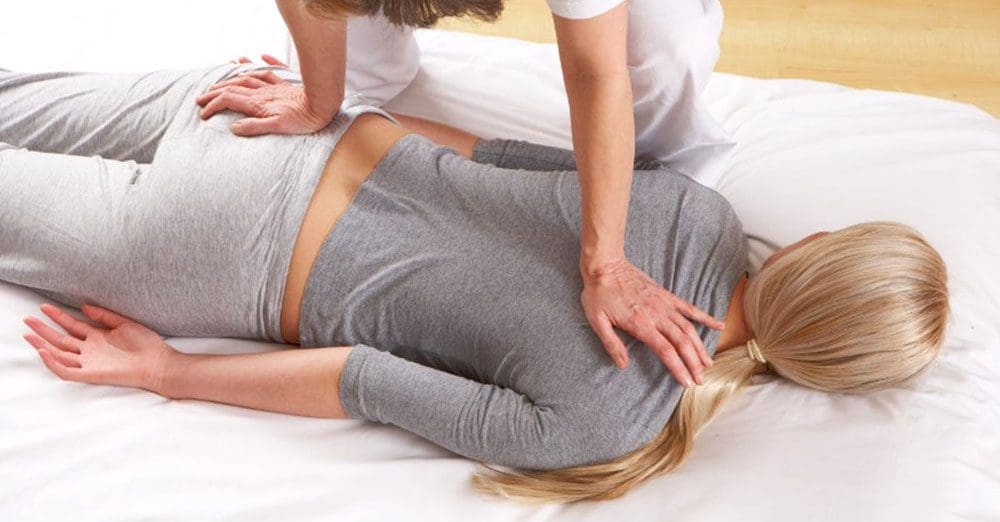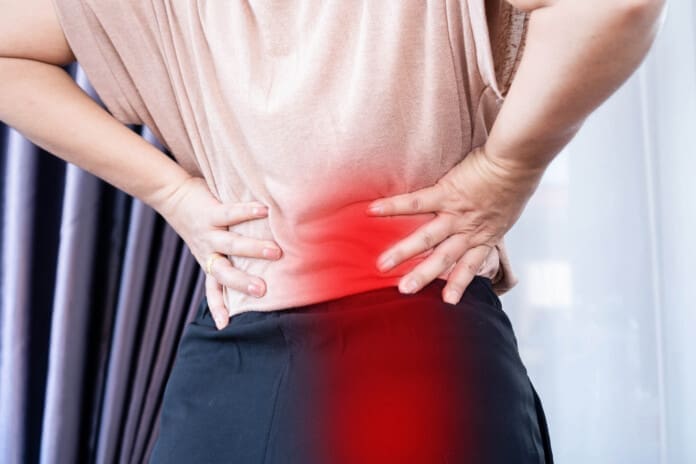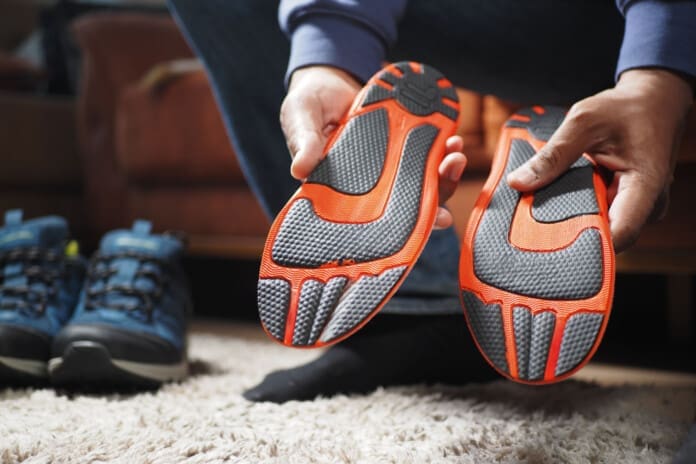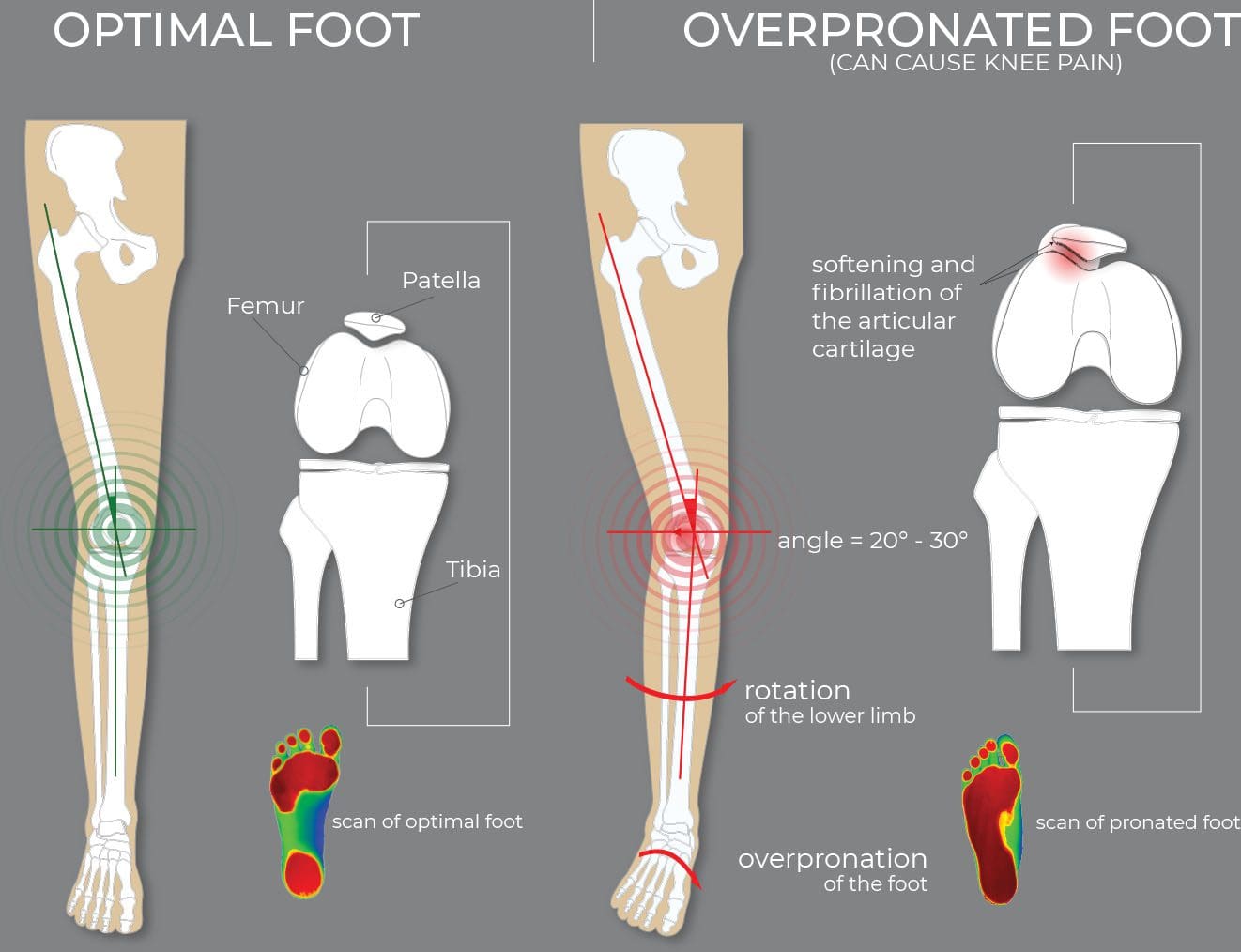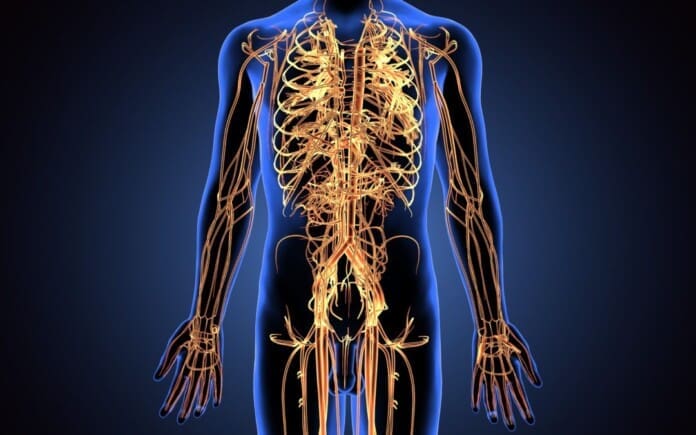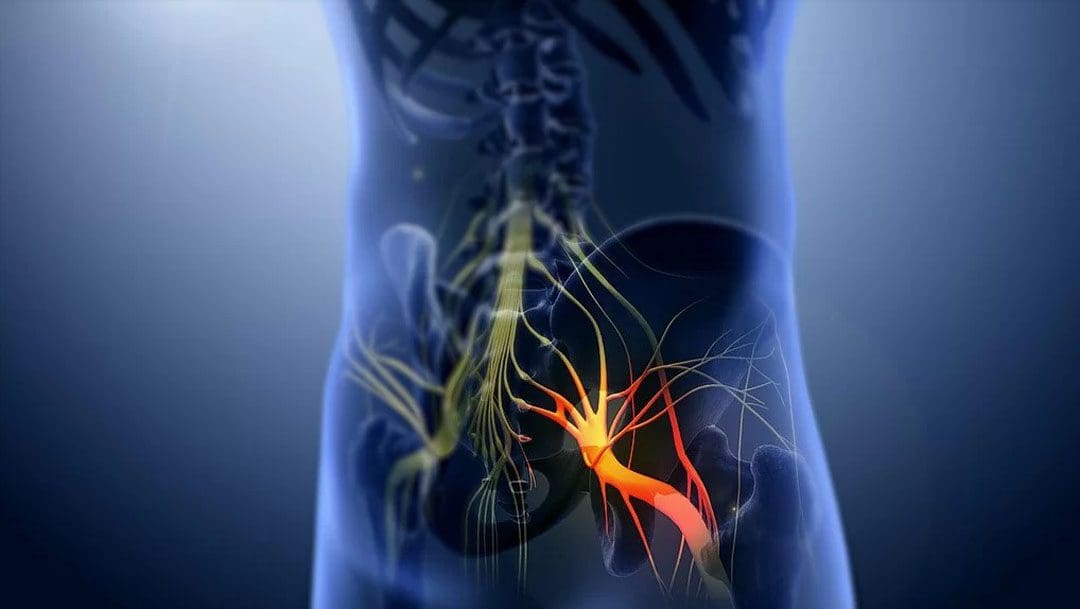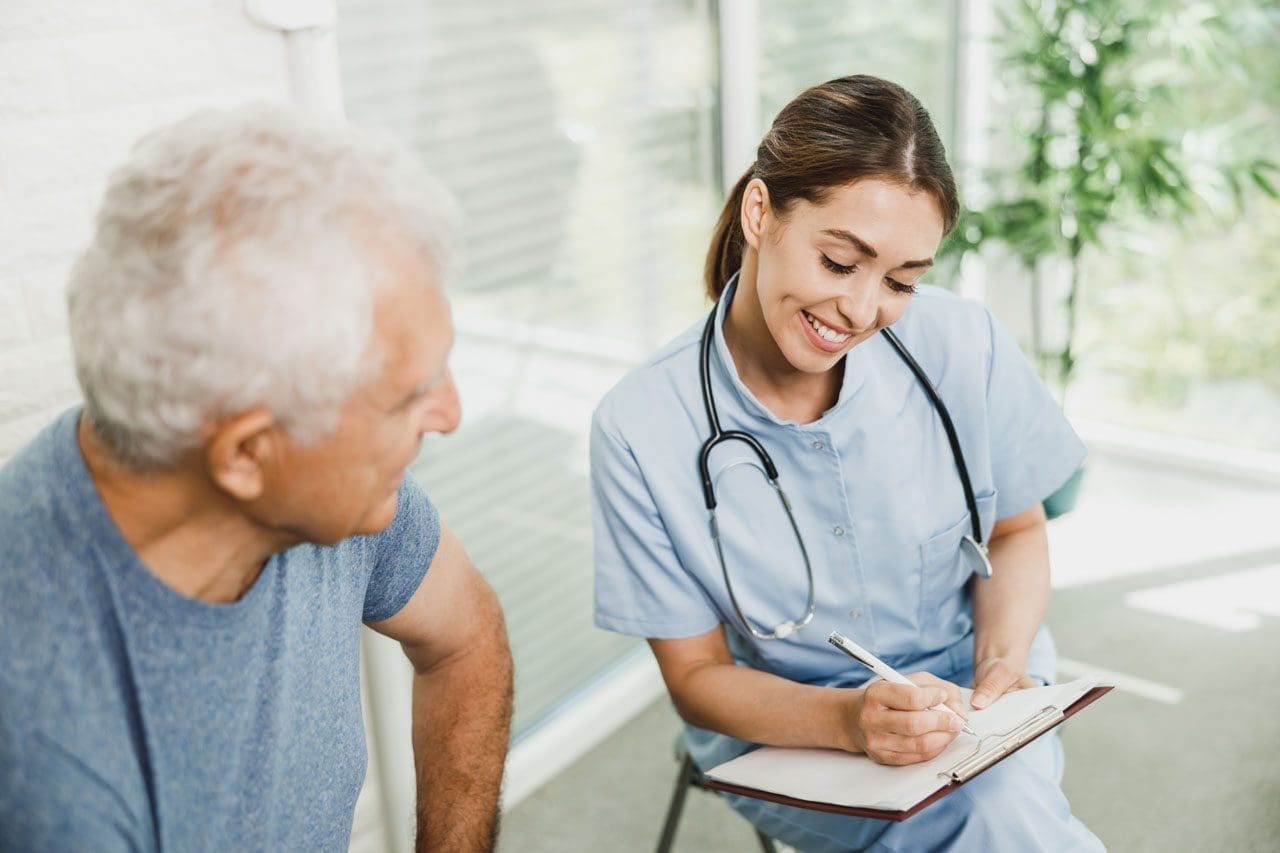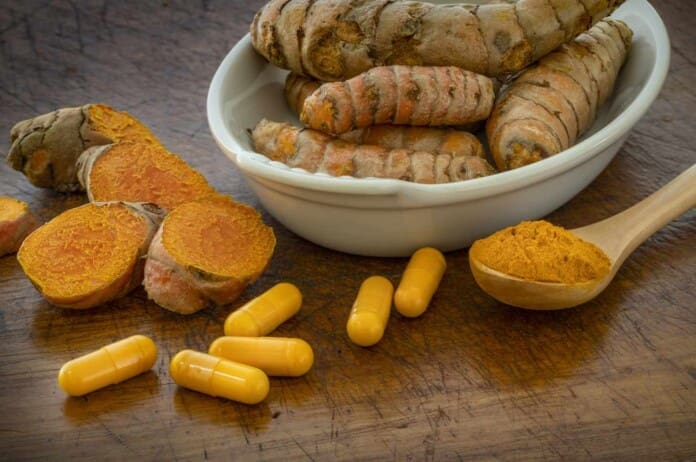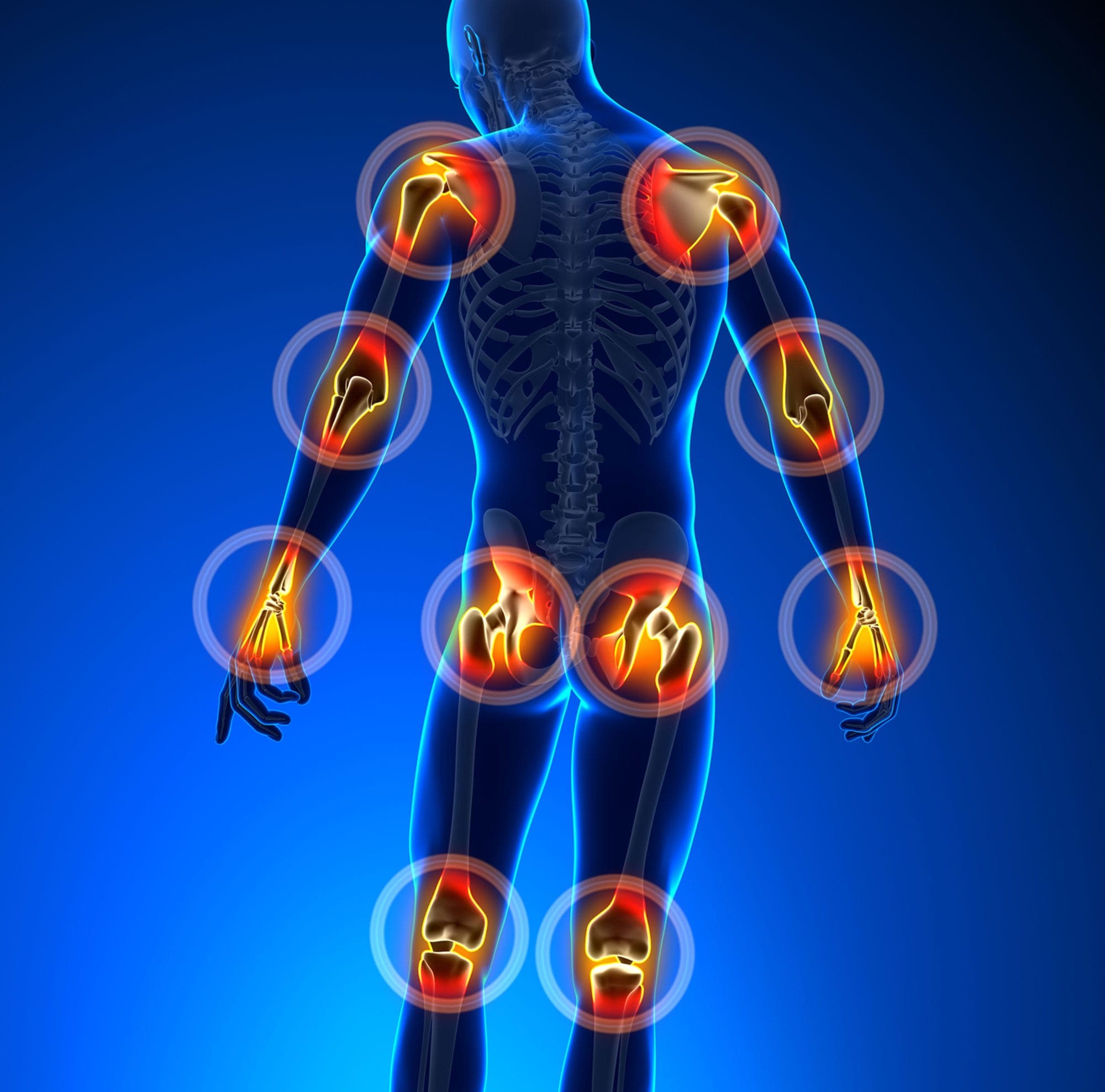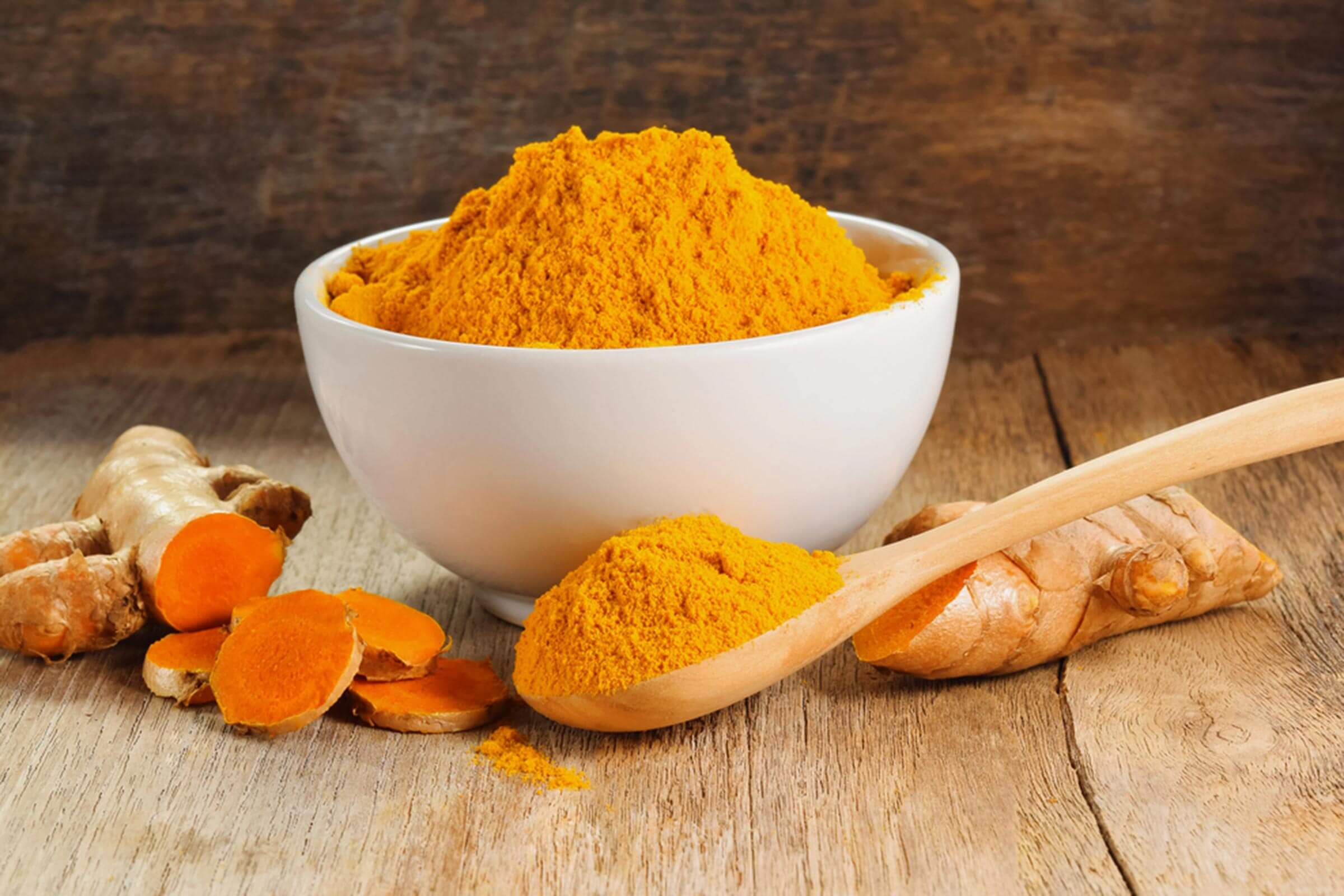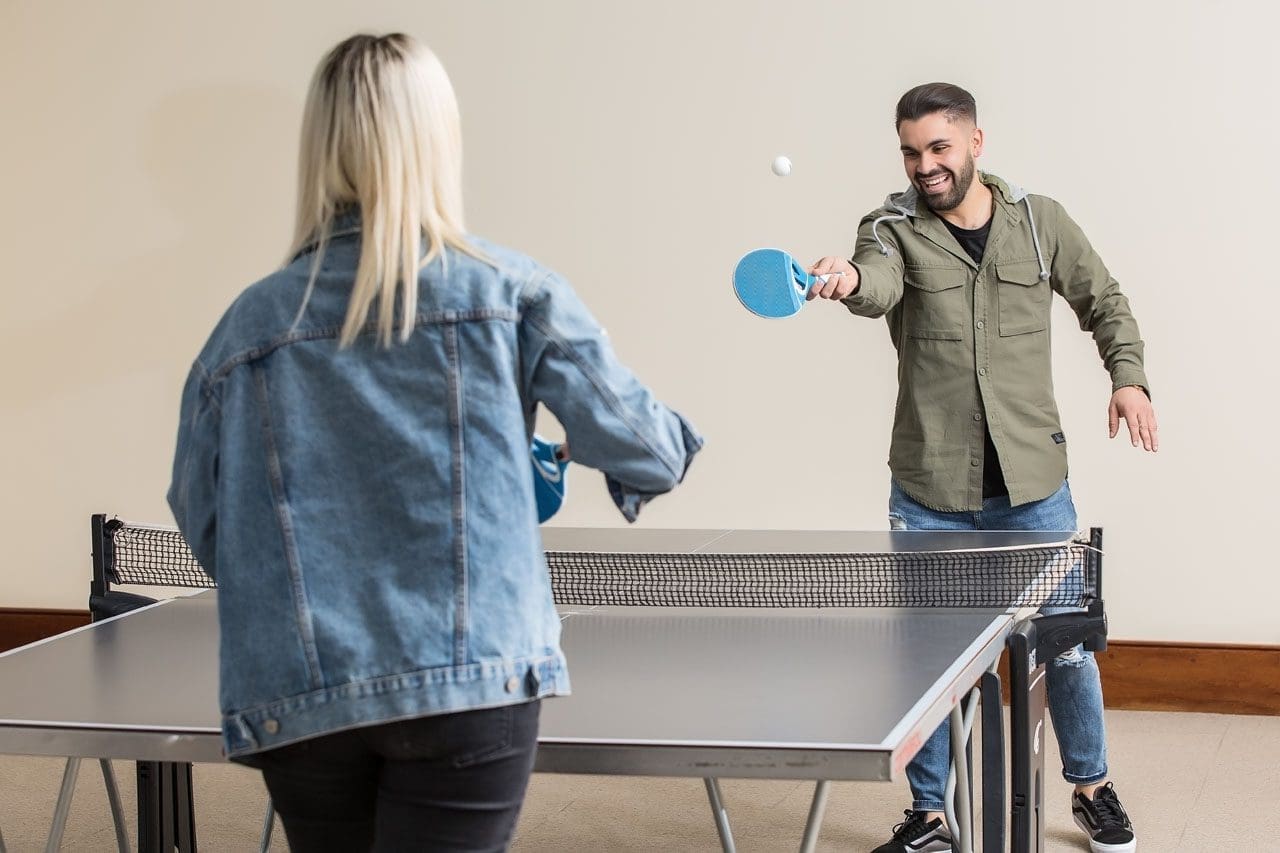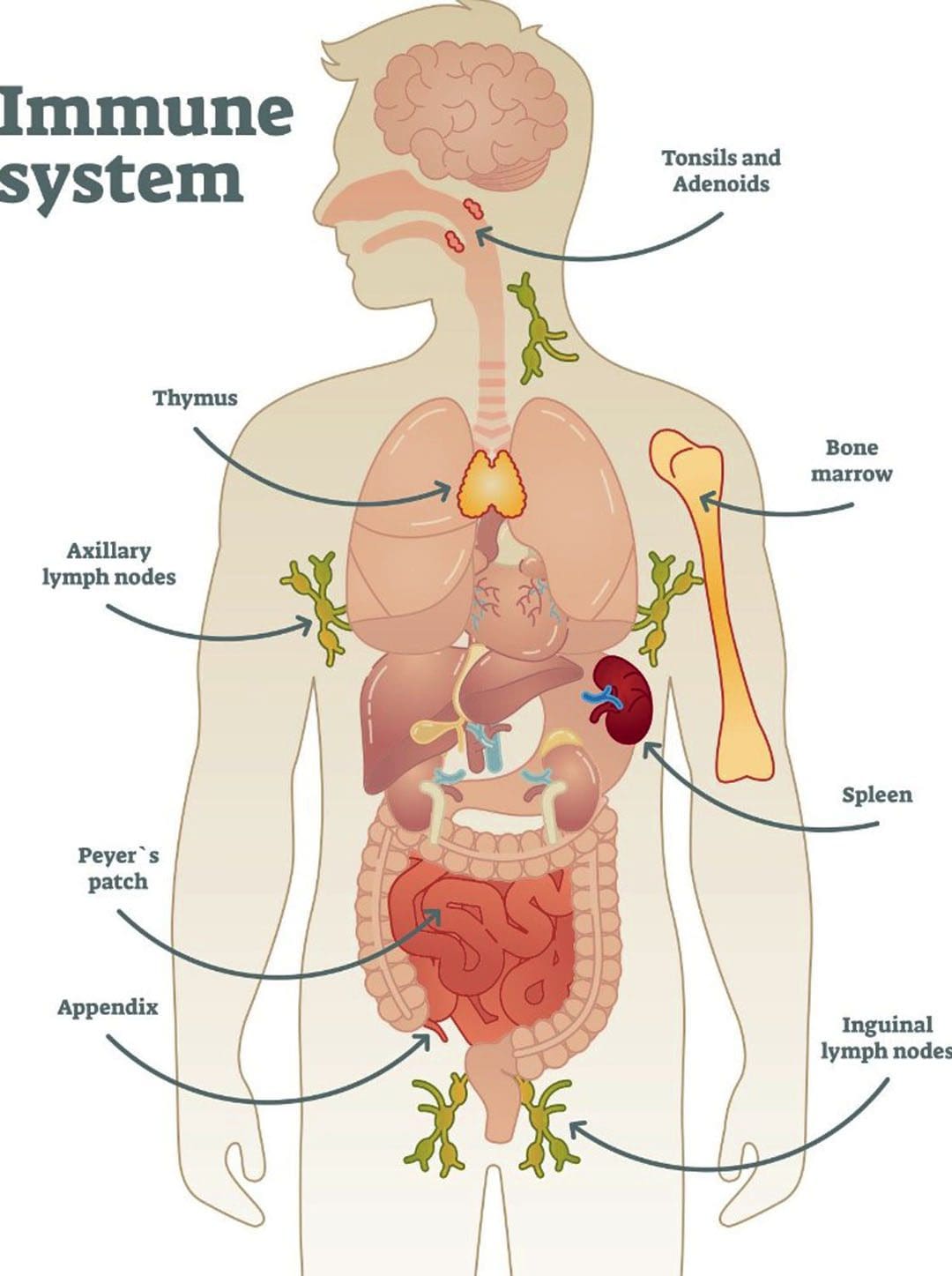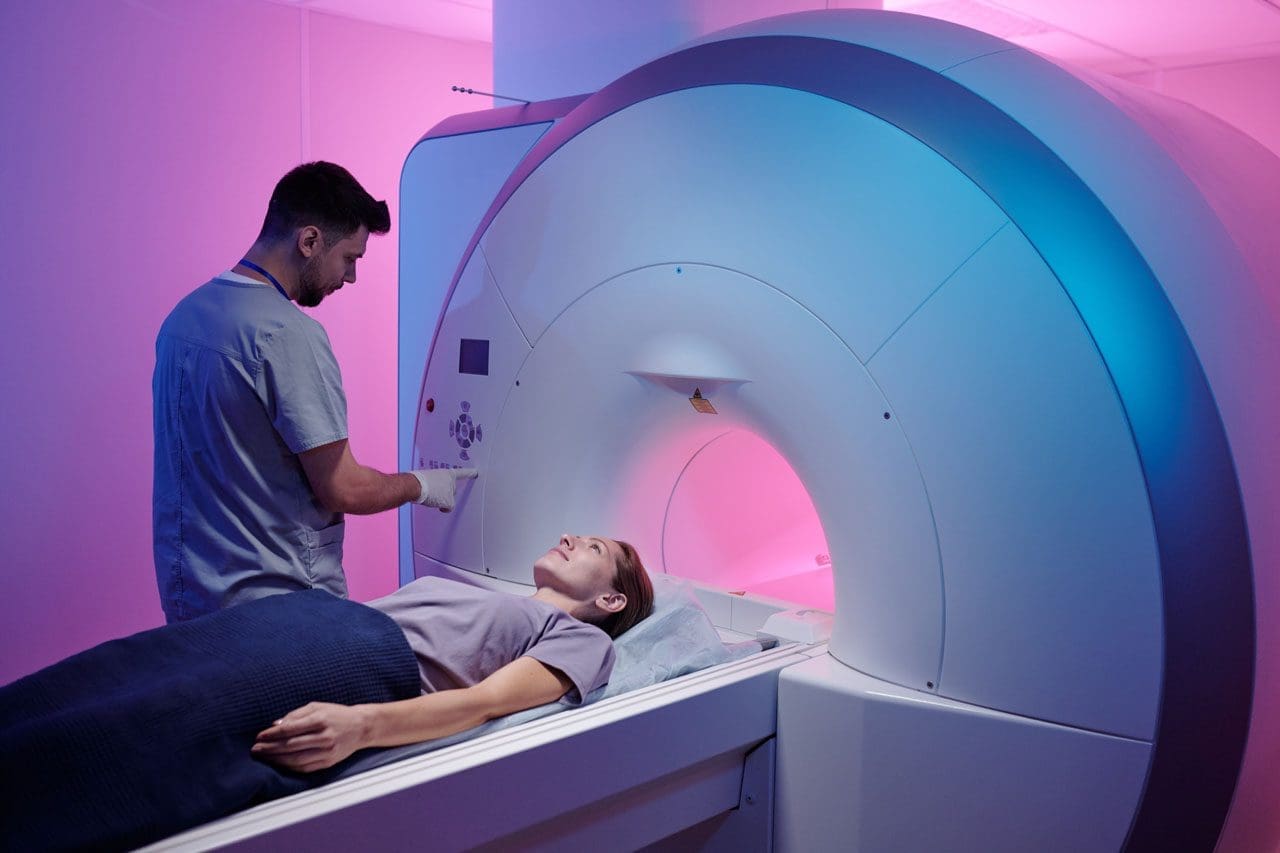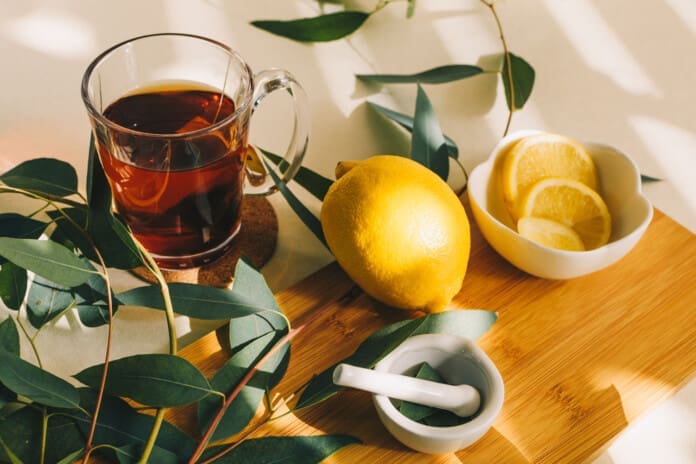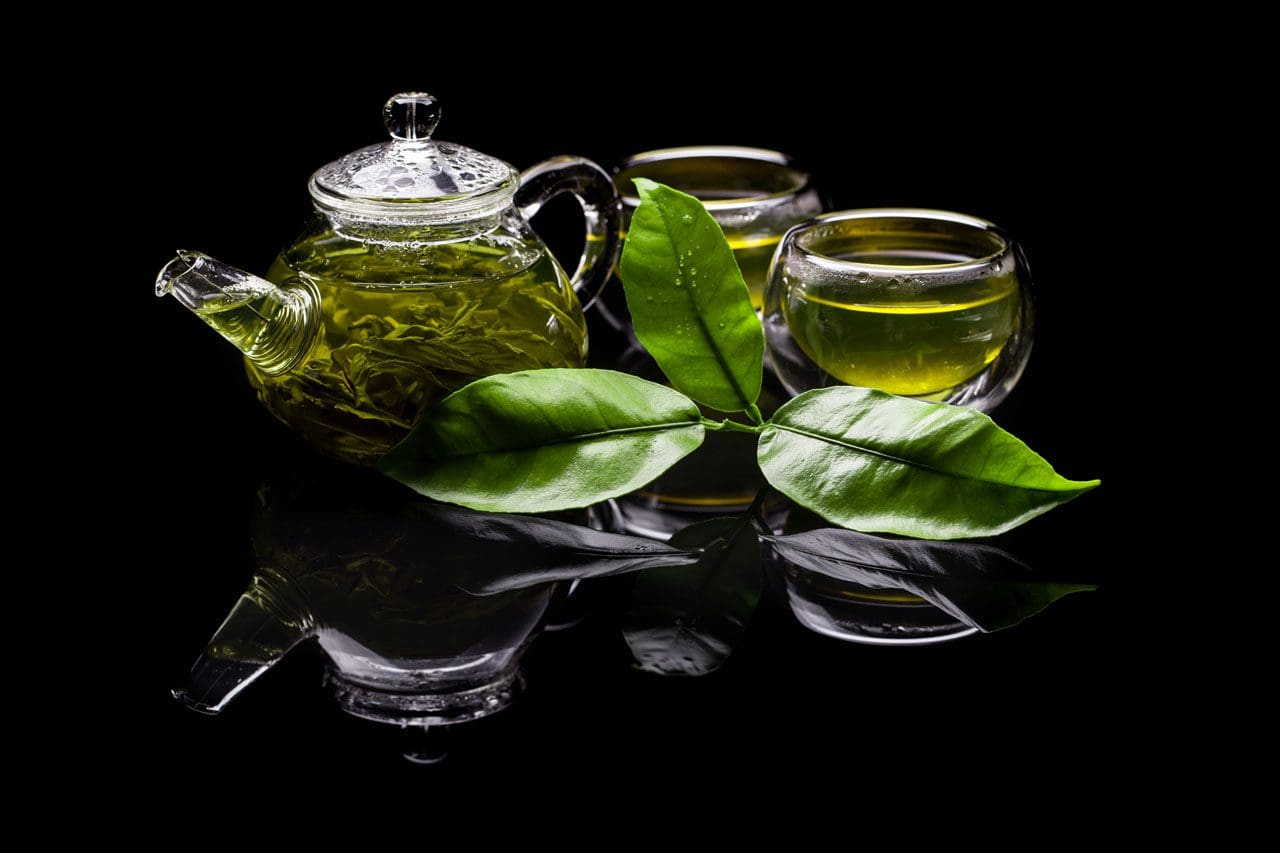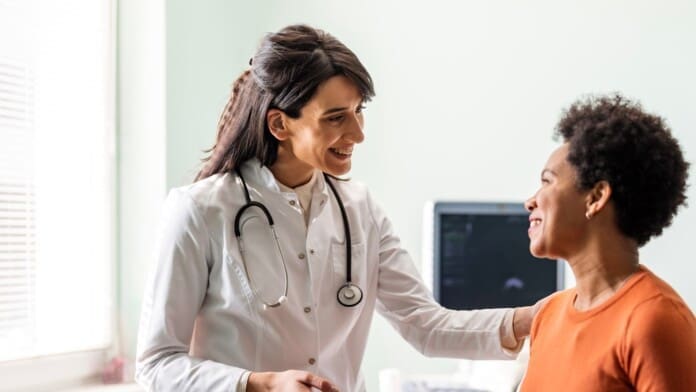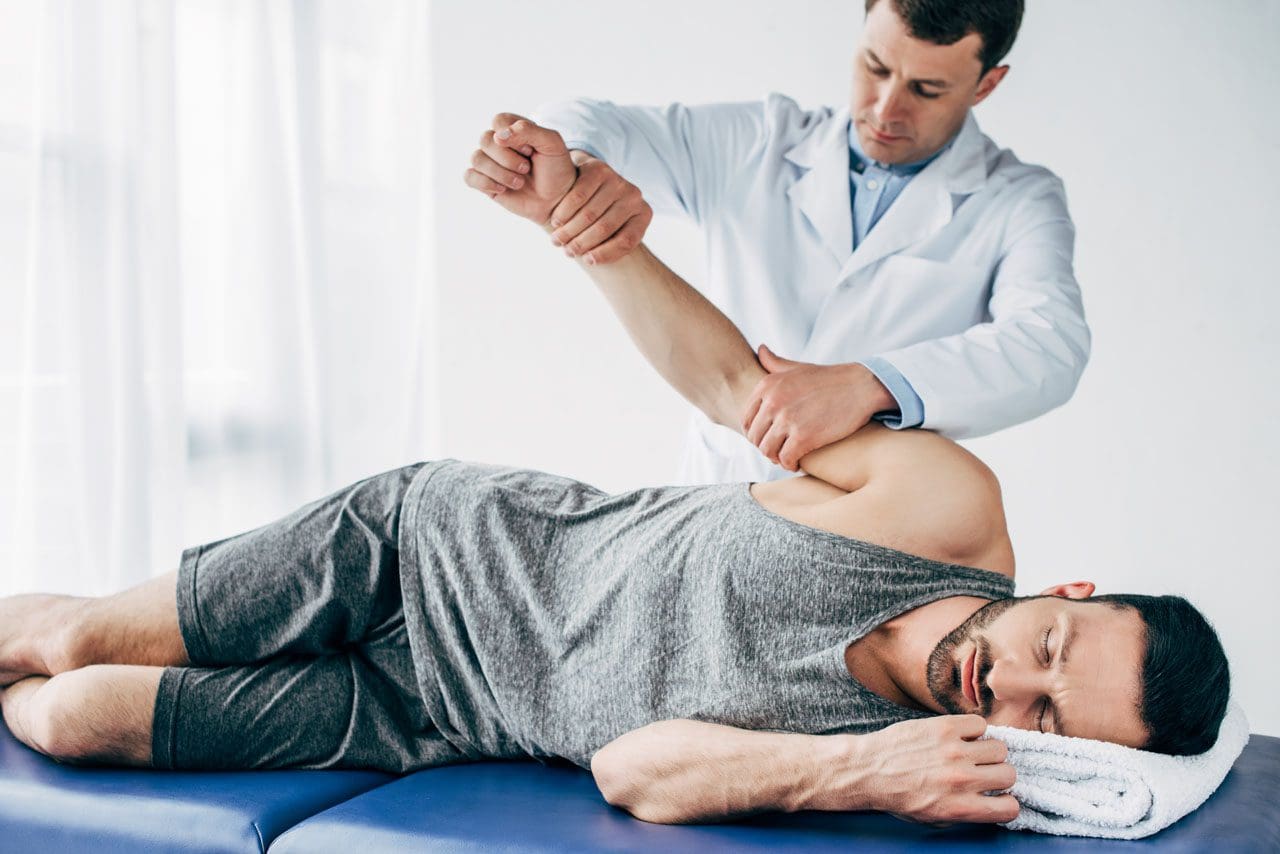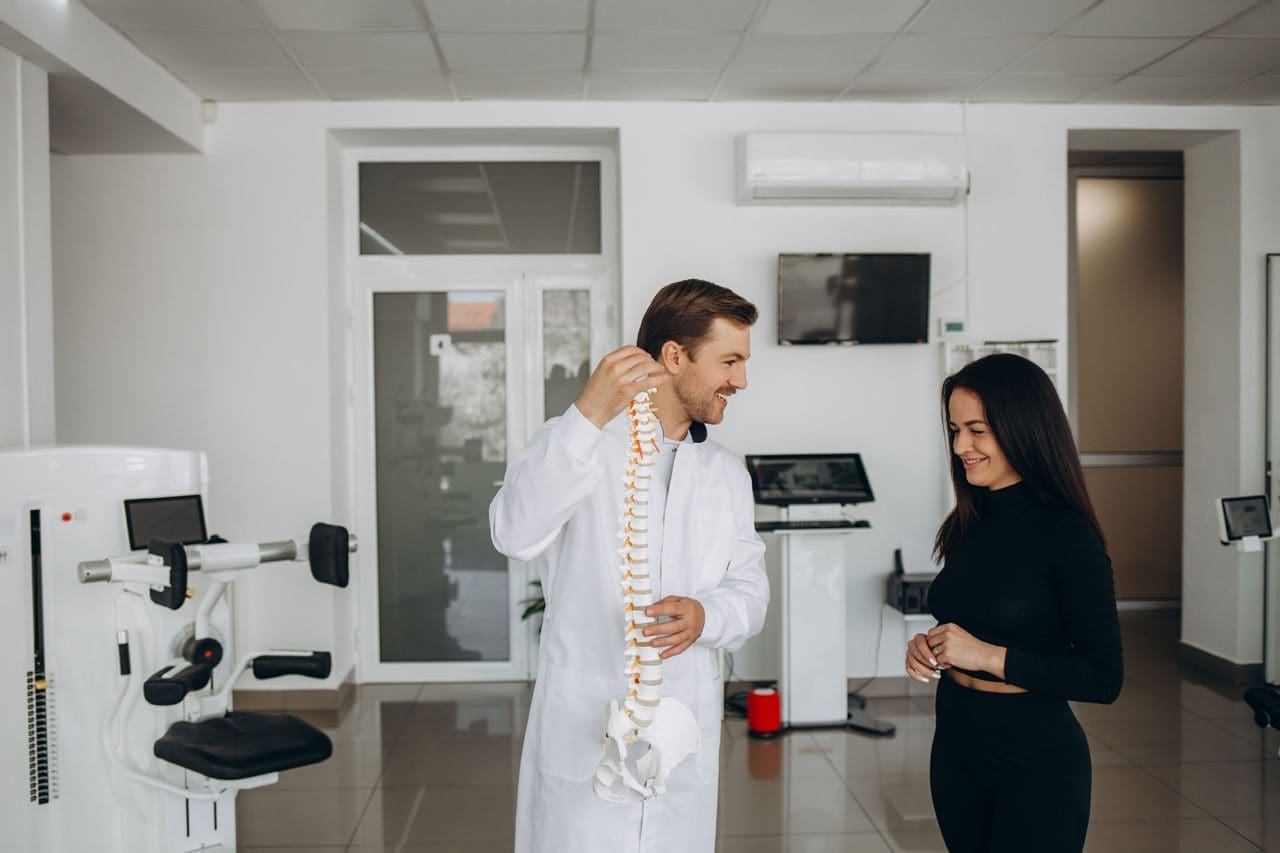Can hormone replacement therapy provide relief by replenishing lost hormones in menopausal women and in men to restore their body function?
Introduction
Hormones help regulate the body and ensure that it functions properly in all body systems. When a person is doing a normal routine, from eating food, being physically active, or reducing stress, hormones can help regulate body temperature and make sure that the various organs are properly working and the body is functioning. When environmental factors start to impact the body, it can make the individual deal with overlapping risk profiles and, over time, develop into chronic conditions, hence why many individuals seek out hormone therapy to replenish the lost hormones. In this 2-part series, we will get an in-depth look at hormone therapy and how it can help menopausal women. Part 1 explains what hormones are and how hormone therapy helps the body. We talk with certified associated medical providers who inform our patients about how hormone therapy can help reduce the pain-like effects of the body. While asking their associated medical provider intricate questions, we advise patients to incorporate non-surgical therapies combined with hormone therapy to reduce pain and discomfort from affecting the body. Dr. Alex Jimenez, D.C., includes this information as an academic service. Disclaimer.
To Bleed or Not to Bleed
Celebrity books and talk shows have made bioidentical hormones a popular topic. Because of the media’s emphasis on the term, both men and women, particularly aging ones, are now familiar with it. The term “natural” can now be defined as “bioidentical,” which offers everyone a fresh perspective on hormone replacement.
New “experts” with “expert” opinions on how to take hormones have surfaced from this media frenzy. Unfortunately, a lot of women are nervous about one of these “expert” methods of hormone replacement. Some people are so unhappy that they completely avoid taking hormones. According to some experts, it is natural and advised to cycle or create a monthly period. It is implied that women have menstruation while they are “young” and in good health. Therefore, all menopausal women should continue to menstruate to maintain that same level of health. This “cycling” is accomplished by establishing a menstrual cycle by halting progesterone for one week per month. This advice is deemed inadequate by the majority of women as they decide to go with hormone replacement therapy if they think that taking hormones necessitates getting their period.

What is menstrual cycling? It is the decline of women’s hormones that causes menstruation. Consequently, a woman will cycle and bleed if she stops taking progesterone for a few days each month. This can happen even if a woman hasn’t had a period for years—unless they’ve had a hysterectomy, of course. Menopausal women do not necessarily need or benefit from it just because it is “natural” for younger women. Menopause is when a woman is dealing with hormonal changes that cause an irregular menstrual cycle and a major physiological change to the body. (Ko & Kim, 2020)
Menopausal Women Don’t Need To Menstruate
Hormone replacement treatment does not induce pregnancy. Estrogen levels may reach the hundreds throughout pregnancy. Ideal estradiol levels on estrogen replacement therapy are normally between 60 and 100 pg/dl, which is far lower than what is seen during pregnancy. A woman first undergoes menstruation to prepare the uterus for the eventual implantation of a fertilized egg. There is no physiological justification for or advantage to menstruating if one has no desire to become pregnant.
According to a recent review in the Obstetric/Gynecological literature, women most frequently quit taking HRT because of unexpected vaginal bleeding. One aspect of menopause that women welcomed was the end of their periods. For women to feel comfortable continuing hormone replacement therapy, the medical literature frequently discusses ways to reduce and avoid postmenopausal vaginal bleeding. To stop postmenopausal bleeding, Dr. Rouzier has always recommended raising progesterone levels. Women should not bleed when estrogen and progesterone levels are balanced properly, and they will be happier using HR consistently. Furthermore, why only take progesterone and estrogen for three weeks a month and stop them from bleeding in the fourth, given how crucial they are? For 25% of the time, a woman would no longer benefit from the protection that estrogen and progesterone provide.
To manage PMS, women have long been treated with birth control pills that are taken continuously rather than on a cycle. The symptoms of PMS are brought on by the decline in women’s hormones that occurs just before their periods. This has recently been recognized by the pharmaceutical industry, which is pushing a new birth control tablet that is only cycled for bleeding every four months rather than monthly. According to the researchers, although menstruation is not required, cycling enables women to experience periods every four months to feel “normal.” Even premenopausal women, let alone postmenopausal women, do not require menstruation, as we now understand.
Keep in mind that cycling entails suppressing hormones for one week per month. The loss of protection in the absence of progesterone is another reason to avoid menstruation. Bioidentical progesterone prevents cancer in the uterus and breasts. The uterus is not protected against cancer by the bleeding that occurs during menstruation; the direct action of progesterone protects it. If progesterone is stopped for a week, the body loses the protective effects for those days. To this point, when hormone levels begin to decline, it can lead to musculoskeletal issues associated with mechanical overload, causing many women to have more falls. This is because when there is a drop in hormones, it can lead to bone resorption that exceeds bone formation, causing the development of bone loss. (Davis et al., 2023)
According to recent research, Provera (medroxyprogesterone) thickens breast tissue and raises the risk of breast cancer. It accomplishes this by directly stimulating the breast’s estrogen receptor sites after controlling them. According to one study, Provera quadrupled breast stimulation compared to baseline. According to the same survey, bioidentical progesterone—not the same as Provera—down-regulates the breast’s receptor sites; thus, it does not stimulate breast tissue. Since many people will lose 25% of their protection if they stop taking progesterone for 25% of the month, why lose this protective effect? When women start to have a depletion of sex hormones, it can have a high impact on their quality of life and lead to the development of sleep problems and depression. (Morssinkhof et al., 2020)
One disorder is called “endometrial hyperplasia.” The uterine lining, or endometrial stripe, thickens more in this disease, which is a sign of malignancy. To prevent the development of cancer, this condition needs to be addressed. High doses of progesterone (known as Provera by traditional doctors) shrink this tissue. The dosage of progesterone is doubled if a subsequent ultrasound does not reveal a reduction in the uterine lining. Progesterone directly stimulates the endometrial tissue, causing it to shrink. The lining’s shedding is not the reason for the protection. For cancer prevention, a steady, adequate dosage of progesterone is preferable.
For this reason, progesterone should never be discontinued. This is because when a person is experiencing endometrial hyperplasia, there are significant somatic genetic changes that are caused by extensive estrogen exposure that is not counterbalanced with progestin protective effects. (Nees et al., 2022)
Exploring Integrative Medicine- Video
Testosterone For Men
The male sex hormone has always been testosterone. Lately, it has been demonstrated to be associated with longer, healthier lives for both men and women. As men age, their testosterone hormone levels naturally decrease over time, which can lead to the development of health issues. Numerous health advantages can be obtained by testosterone replacement therapy. Restoring testosterone improves body composition, improves sexual responsiveness, reverses impotence, and increases muscle strength and lean body mass.
Additionally, testosterone has been demonstrated to prevent osteoporosis, arthritis, and degenerative joint change. It improves the gloomy mood and well-being sensation commonly observed during andropause (male menopause). Like estrogen in women, it has also been demonstrated to enhance memory. Above all, it has been shown to shield both men and women from cardiovascular disease.
As a result, men who get testosterone replacement therapy say they feel stronger, healthier, and more attractive. They claim it brings back memories of their best selves. This is, after all, the main goal of hormone replenishment. To feel like you did when you were at the height of your physical and mental potential, it aims to return hormones to their youthful levels. The management of testosterone deficiency seeks to reduce the overlapping symptoms and to correct them by maintaining secondary sex characteristics. (Barbonetti et al., 2020) The physical deterioration that deprives men of their vitality, strength, and desire can be slowed down by testosterone. Testosterone can increase endurance and tone muscles. Healthy sexual arousal and desire can be restored by testosterone, which enhances mood and general well-being.
Both men’s and women’s sex drive is regulated by testosterone. Both men’s and women’s sexual effectiveness declines with age, along with testosterone. This condition can be reversed by bringing testosterone levels back to their youthful levels. Men and women alike all too frequently presume that their sexual ability will deteriorate with age. Accepting this loss of sexuality is not necessary. For us to live our longer lives with the same zeal and passion we did when we were younger, testosterone can be extremely important in maintaining and even reviving sexual desire and function.
As we become more aware that testosterone levels decrease with age and that many men experience severe physical and mental health repercussions; as a result, doctors’ interest in testosterone is skyrocketing. Menopause is the term used to describe it in women, while andropause is used in men. Low testosterone levels are the secondary cause of many of these symptoms and disease processes that we have learned to accept as part of normal aging, and they are easily remedied. Increased energy, less body fat, larger, stronger muscles, and a greater desire and stamina for activity are all outcomes of testosterone administration. At the same time, the FDA has recently approved the testosterone patch and topical gel as a result. Deficits in sex hormones can now be treated for both men and women.
In the past, testosterone replacement therapy has been linked to elevated cholesterol. This is a side effect of using synthetic testosterone, which causes liver damage and raises cholesterol at the same time. Similar to what has been observed in women using estrogen, studies now demonstrate that replacing it with natural testosterone lowers total cholesterol and raises HDL or good cholesterol. How many supplements improve our health and give us more energy, endurance, and happiness? What other pill can reduce fat and strengthen bones, muscles, ligaments, and the body all at once? An additional advantage is a greater motivation to work out due to feeling less tired and lethargic. It has been demonstrated that testosterone improves mood, learning and memory, and men’s health and well-being.
By lowering fat, increasing lean body mass, normalizing blood coagulation, and raising good HDL cholesterol, testosterone supplements also reduce the risk of diabetes and cardiovascular disease. Additionally, it is significantly more effective than estrogen in preventing Alzheimer’s disease and cognitive decline in women. A recent medical study showed that testosterone decreased blood vessel inflammation measured by C-reactive protein levels (CRP). Heart attacks and the advancement of heart disease are prevented by testosterone. Indeed, it has been shown that testosterone lengthens life. According to a new study published in the Annals of Internal Medicine, males with higher testosterone levels had longer lifespans. Men who had decreased testosterone levels lived shorter lives. This raises the question of why the majority of doctors do not advise testosterone for all men.
Oral supplements and injections are two ways that testosterone can be given. Since testosterone is synthetic, many physicians would rather not utilize either of these techniques. The liver metabolizes synthetic testosterone, which causes cholesterol levels to rise. Natural testosterone used topically lowers cholesterol because it is not subjected to this metabolism. There are also testosterone patches available. Due to the inability to achieve ideal blood levels, the painful sensation of the patch, and the unattractive tattoos that come from using them, we have determined that these patches are inappropriate. After experimenting with these patches, most patients would rather not use them. Natural testosterone gel used topically is the preferred technique. The dosage for receiving hormones will be customized according to the individual, while compounding pharmacies sell natural testosterone, like other natural and bioidentical hormones.
However, if a person has active prostate cancer, they should avoid using testosterone to prevent overlapping risk profiles. Prostate cancer has not been linked to testosterone, according to numerous medical research. More aggressive cancers are linked to low testosterone levels. However, testosterone supplementation may hasten the tumor’s growth if prostate cancer does emerge. As a result, it is necessary to check the PSA to prevent prostate cancer routinely for men since it is the most prevalent cancer and is frequently detected by an annual PSA test.
Testosterone For Women
Not only is testosterone a male sex hormone, but it is also a female sex hormone. Known as total hormone replacement, women need to restore the natural balance of all hormones to the levels of peak physical and mental states. This also applies to women and testosterone. Many women do not feel like their younger selves even taking progesterone and estrogen due to the absence of testosterone. Despite being primarily recognized as a male hormone, testosterone is also a vital hormone for women because it is essential to their physical and mental well-being. The first to recognize the significance of this was the pharmaceutical industry, which has now started to sell a combination of estrogen and testosterone tablets—sadly, these are synthetic. Synthetic hormones should not be utilized since they can negatively affect the liver. Only use the natural, safe testosterone that specialty compounding pharmacies offer.
As an essential hormone for healthy female sexual development, testosterone is produced in the ovaries and adrenal glands of women. In addition to the decline in serum testosterone, women can also experience a decrease in libido as they age. When there is insufficient testosterone in the body, it also plays a role in menopausal symptoms, including decreased libido and sexual arousal. In women, testosterone replenishment helps to improve sexual desire, alleviate menopausal symptoms, regain vitality, and fortify bones, tendons, and joints. Older adults frequently lament the thinness of their skin, especially on their hands and arms. Most women are unaware that testosterone is the best hormone for the skin since it increases collagen and elastin while preventing wrinkles and thinning. Although testosterone is rarely suggested as a treatment, many doctors and women are still ignorant that it is far more effective than estrogen at preventing bone loss. Many women have yet to experience the amazing difference that can be achieved with just a modest dose of testosterone gel supplementation. Age, body weight, and blood levels will all affect the appropriate testosterone replacement therapy dosage.
In conclusion, the testes, adrenal glands, and ovaries secrete the hormone testosterone. It is a hormone that is both male and female. Since the testosterone hormone plays a huge role in maintaining hormone balance within the body. (Zitzmann, 2020) It helps with weight loss, exercise tolerance, mood and well-being, and increased muscular mass, strength, and endurance. Higher libido and sexual performance, improved skin tone and healing ability, and higher bone density and osteoporosis prevention are all observed. Lowering cholesterol and raising HDL slows down aging-related illnesses, including cardiovascular disease, and improves quality of life. Testosterone enhances memory and prevents Alzheimer’s disease from developing. For both men and women, it is equally significant and advantageous. All of the advantages of testosterone were examined in a recent study published in JAMA, which referred to it as cutting-edge medicine. Together with estrogen and progesterone, the NEJM assessed testosterone replacement therapy for women and concluded that it was the most effective treatment for enhancing energy. Be sure to differentiate between natural testosterone and its synthetic counterparts. Use natural testosterone instead of synthetic; it will make you happy and improve your health.
References
Barbonetti, A., D’Andrea, S., & Francavilla, S. (2020). Testosterone replacement therapy. Andrology, 8(6), 1551-1566. https://doi.org/10.1111/andr.12774
Davis, S. R., Pinkerton, J., Santoro, N., & Simoncini, T. (2023). Menopause-Biology, consequences, supportive care, and therapeutic options. Cell, 186(19), 4038-4058. https://doi.org/10.1016/j.cell.2023.08.016
Ko, S. H., & Kim, H. S. (2020). Menopause-Associated Lipid Metabolic Disorders and Foods Beneficial for Postmenopausal Women. Nutrients, 12(1). https://doi.org/10.3390/nu12010202
Morssinkhof, M. W. L., van Wylick, D. W., Priester-Vink, S., van der Werf, Y. D., den Heijer, M., van den Heuvel, O. A., & Broekman, B. F. P. (2020). Associations between sex hormones, sleep problems and depression: A systematic review. Neurosci Biobehav Rev, 118, 669-680. https://doi.org/10.1016/j.neubiorev.2020.08.006
Nees, L. K., Heublein, S., Steinmacher, S., Juhasz-Boss, I., Brucker, S., Tempfer, C. B., & Wallwiener, M. (2022). Endometrial hyperplasia as a risk factor of endometrial cancer. Arch Gynecol Obstet, 306(2), 407-421. https://doi.org/10.1007/s00404-021-06380-5
Zitzmann, M. (2020). Testosterone, mood, behaviour and quality of life. Andrology, 8(6), 1598-1605. https://doi.org/10.1111/andr.12867
Disclaimer


